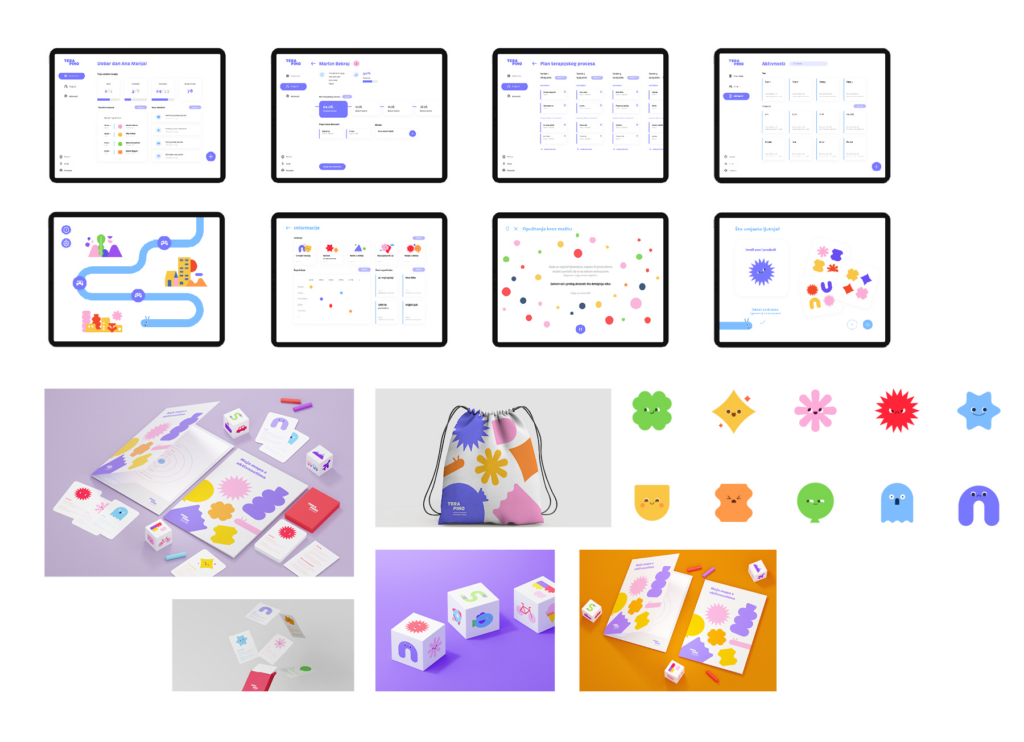by Patrícia Marques Santos, Joana Matos Dias, and Cristela Maia Bairrada. published in 2024 in the journal Heliyon by the Faculty of Economics at the University of Coimbra, Portugals or critical evaluation based on specific criteria.
Critical Evaluation of the Master’s Thesis
1. Quality of Design
- Evaluation: The design is strong, with a focus on comprehensive bibliometric analysis and the TCCM (Theories, Contexts, Characteristics, and Methodologies) framework. This approach effectively categorizes and synthesizes existing literature.
- Strength: The hybrid review approach offers a well-organized view of gamification research in marketing, especially in terms of identifying research clusters and future directions.
- Weakness: The methodology could benefit from further exploration of alternative analytical frameworks beyond TCCM for a more diverse perspective.
2. Degree of Innovation
- Evaluation: This thesis is innovative in its synthesis of gamification literature specific to marketing using bibliometric and TCCM analysis, which has not been widely explored before.
- Strength: The emphasis on future research recommendations is particularly novel, setting a foundation for emerging areas in gamification.
- Weakness: The study primarily focuses on well-researched gamification elements and does not explore less common aspects of gamification, such as VR/AR or AI applications.
3. Independence
- Evaluation: The work shows a high level of independence, as it extensively gathers and categorizes literature without reliance on pre-existing summaries.
- Strength: The extensive use of original data from Scopus and the detailed analysis indicate a thorough, self-directed effort.
- Weakness: The thesis could potentially over-rely on keyword-based Scopus data, which might introduce some selection bias in the included research.
4. Organization and Structure
- Evaluation: The thesis is logically structured, moving smoothly from background to methodology, analysis, and discussion.
- Strength: Clear division into bibliometric analysis, TCCM framework, and conclusions makes the complex information accessible.
- Weakness: Some sections, especially the conclusions, could better integrate insights from the bibliometric and TCCM analyses for stronger cohesion.
5. Degree of Communication
- Evaluation: The communication is professional, with well-defined terms and clear language.
- Strength: Technical jargon is well-explained, making the thesis accessible even to readers unfamiliar with gamification in marketing.
- Weakness: Some parts of the analysis could benefit from simpler language to improve clarity further, especially in technical sections.
6. Scope of Work
- Evaluation: The scope is comprehensive, covering a broad range of gamification applications and identifying research gaps.
- Strength: The use of 114 articles from Scopus gives a broad overview of gamification in marketing, supporting a thorough exploration of the field.
- Weakness: The reliance on only journal articles excludes valuable insights from books and industry reports, which could enrich the scope.
7. Orthography, Care, and Accuracy
- Evaluation: The thesis is well-edited with minimal errors in grammar or spelling.
- Strength: The thesis adheres to high standards of academic language, and formatting errors are minimal.
- Weakness: Occasional complex terminology may affect readability for non-specialist readers.
8. Literature
- Evaluation: The literature review is exhaustive and up-to-date, including foundational and recent studies.
- Strength: It includes a diverse array of sources, with a balanced representation of foundational theories like self-determination theory and current research.
- Weakness: The literature review could benefit from including more critiques of gamification, examining both its benefits and limitations in marketing.
Summary and Grading
Suggested Grade: 2 (Very Good)
This thesis is thorough, well-organized, and highly original in its approach to categorizing and analyzing gamification research in marketing. While some areas, such as the conclusion integration and broader literature scope, could be strengthened, the overall quality is very high.
